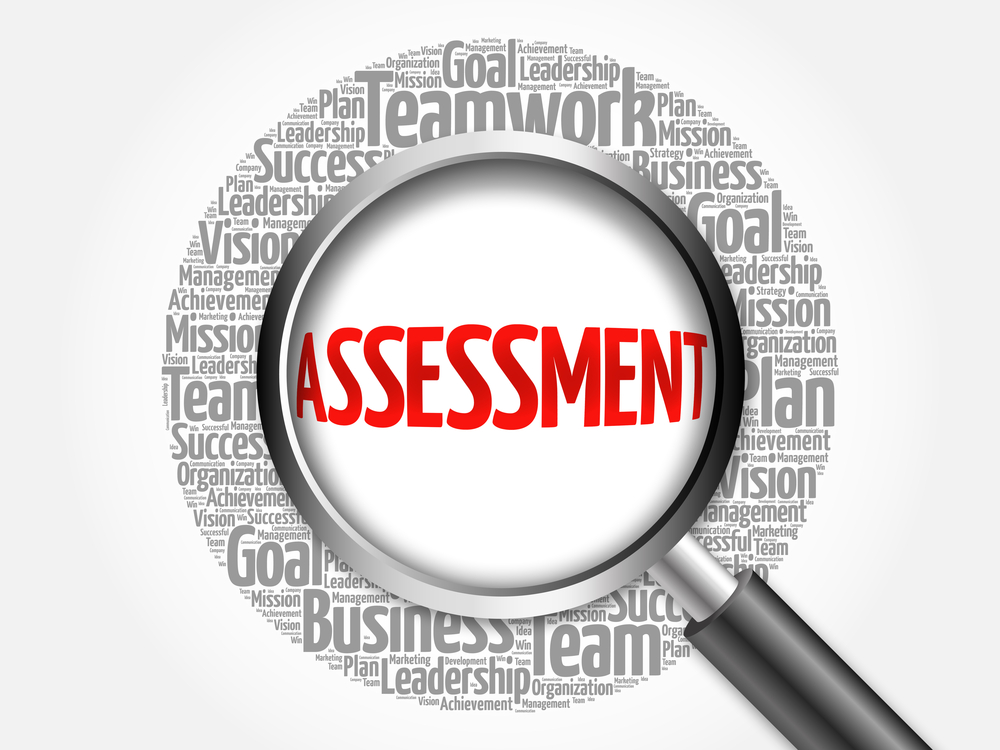CATs – the famous assessment techniques we need to know

Assessments of evaluation that are handed to students are often not used as a test for them. Mainly they are a test for the teacher. The major challenge a professor has to accept is that they are not invited to only talk about what a topic they know but they are also expected to play the role of the fortune-teller trying to identify whether students have understood their lecture. Because of the fact that the professor can sit back and enjoy the feeling of superiority that comes with the territory, they have a hard time checking up on how the audience perceives the lesson. In other words, they do not have feedback.
While students are constantly asked to prove their knowledge they never come aggressively to state that their lack of understanding proves the professor’s failure. Students tend to be more kind but that leaves the teacher with a bunch of question marks regarding their own performance. To have an idea of what is going on professors have to apply small tests or classroom assessments that will allow them to see the feedback. Classroom Assessment Techniques also known as CATs are often used for that purpose.
Today we will see how they can be implemented and why they are so useful to improve the overall experience and result.
-
Minute paper
Here, the teacher gives the students one or two questions and expects them to finish in no more than a couple of minutes. After that, they take back the papers with the answers and have a quick check. The questions should be about the most important objectives that have been developed during the lessons. The professor is not expected to put any grades for that. The only thing they have to keep in mind is that they will see if the gist of the lecture has been captured. -
Muddiest point
This technique is quite similar to the minute paper because it is equally quick and students only have to answer a couple of questions. At this point, we dig a little deeper and ask the learners to say which part of the lecture or homework failed to comprehend or at least which one gave them the hardest time. Considering that it is almost impossible for everyone to have completely understood all that has been said during a lecture, we kindly ask them to share their opinion with us and not hesitate to express their confusion. -
Problem recognition tasks
At this point, professors want to make sure that students can at least identify where they have to go to solve a tricky problem. For instance, the teacher can give a problem to the learners without asking them to find the solution and give an answer about the result. Students will just have to say which law or equation they will have to use in order to find the answer. This is to make sure that everyone is on the same page and that the lesson is not moving too fast. This assessment is something that everyone will have to be able to complete before the teacher moves on to the next objectives. -
Documented problem solutions
In this case, the professors go a little further. Again a problem is given and no one is expected to find the answer. However, apart from mentioning which tool students will have to use they are also asked to describe in words the steps they have to follow in order to find the answer. A popular technique that teaches a mathematical way of thinking calls students to structure their answers in the form where they start by presenting the steps they will have to follow, then they make the proper calculations, and finally, they write the answer in a clear form. At this point, the first step of this technique is being asked. -
Directed paraphrasing
Another amazing idea is to ask students to explain the concept of the objective they have learned using their own words. To make it more interesting and challenging ask them to consider that they have a certain audience they have to address and tell them to adjust their speech. For example, they could have to explain the greenhouse effect to a young child to raise their awareness about environmental issues.
Have you read?
# Best Citizenship and Residency by Investment Programs.
# Richest People in New York and Their Net Worth, 2022.
# The World’s Top 10 CEOs Over 70 Years Old.
# These are the world’s most and least powerful passports, 2022.
# The World’s Richest People (Top 100 Billionaires, 2022).
# Case Study: Warren Buffett, LVMH’s Bernard Arnault, Apple’s Tim Cook, and Elon Musk.
Bring the best of the CEOWORLD magazine's global journalism to audiences in the United States and around the world. - Add CEOWORLD magazine to your Google News feed.
Follow CEOWORLD magazine headlines on: Google News, LinkedIn, Twitter, and Facebook.
Copyright 2025 The CEOWORLD magazine. All rights reserved. This material (and any extract from it) must not be copied, redistributed or placed on any website, without CEOWORLD magazine' prior written consent. For media queries, please contact: info@ceoworld.biz








